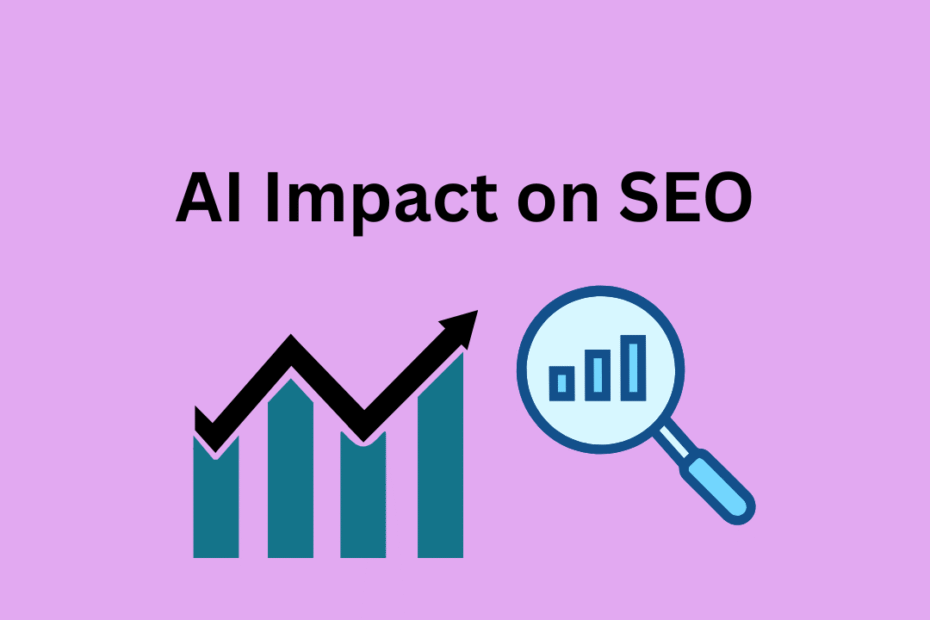Does AI have impact on SEO? Read the article and learn more.
AI awareness and personification are huge in SEO at the moment. And because AI is ubiquitous, search engines are continuously improving in their ability to detect text that smacks a bit of the machine.
But to rank and maintain your reputation you content needs to read as genuine and actually engage with people. This makes humanization of the artificial a virtual necessity.
AI-specific identification checks for certain patterns in the writing. Of course they are not perfect weaknesses, and they’re constantly being refined as AI becomes more intelligent.
Humanizing involves re-scripting the AI text to make it more natural and like it has a pulse. You also want personality, uniqueness and relatedness so readers and search engines find it.
Combining AI speed with a human touch will make your content more effective in search and also will engender audience trust. If you work in SEO or digital marketing, so is being able to identify and enhance AI content.
Best AI Humanizer Tools-My Ultimate List
Understanding AI Detection and Humanization in SEO
Machine-generated text usually involves some post-editing to make it contextually and performantly relevant. Search engines also deploy AI detectors for stiff or low quality stuff.
If your AI-created content sounds human, you can skirt these issues and will also likely have more SEO success.
What Is AI-Generated Content
AI-generated content is merely text that oozes from artificial intelligence. These are programs that are drawing from large data sets to compose articles, blog posts, or product blurbs .
You see things like ChatGPT or Jasper throughout digital marketing, as they do save time. But AI content also sometimes just feels a bit off or a bit artificial, a little.. weird.
This can annoy readers and kill your rankings too if search engines think the quality is not there.
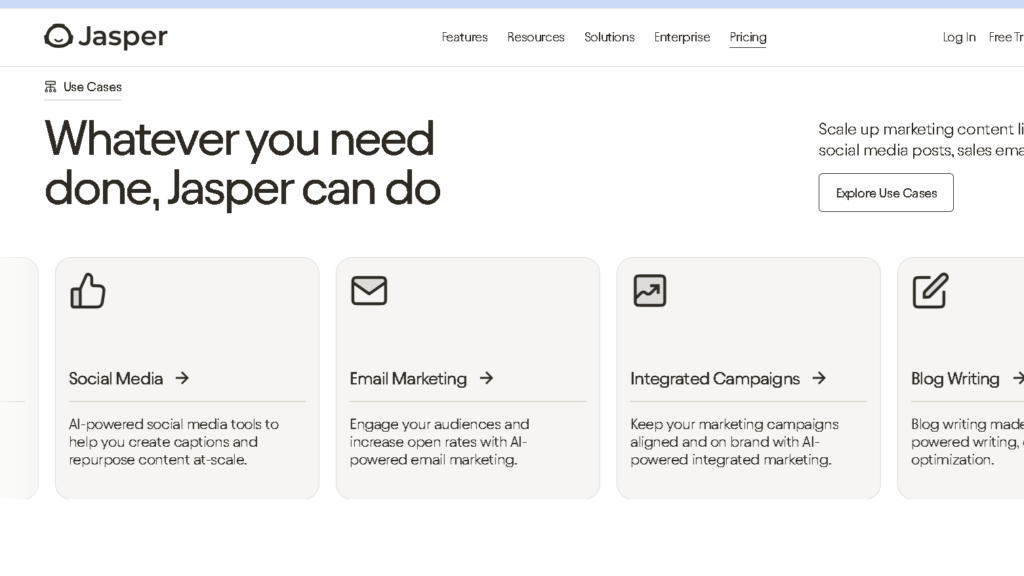
Why AI Humanization Matters for SEO
Humanizing AI text, in this context, involves modifying the text so that it does not sound robot-like. You could vary the sentence structure, add in examples or adjust the tone to suit your audience.
The humanized content is just more engaging to read and keeps people on the page longer. Search engines pick up on that and tend to reward it.
Cutting out the humanization step also means that you risk getting flagged by AI detection tools. Those tools are fishing for robotic phrases and strange patterns and if you get caught too much your SEO score will be reduced.
Search Engine Algorithms and Detection
Any site contents that search engines like Google can detect as low-quality or clear AI can be found out by all sorts of algorithms. They are interested in having people discover useful and reliable information.
The AI detectors are looking for repetition, or awkward phrasing, or a deficit of genuine emotion. Alternatively, search engines may rank your content lower in results if they catch it.
A combination of machine speed and human editing allows marketers to circumvent these filters using AI. In so doing, the content also remains relevant and engaging, and less likely to get dinged by the detectors.

The Impact of AI Detection on SEO Performance
The use of AI as screening tools can in the end perform a binary function in deciding your status. They determine whether your content ‘feels human’ or not, and that plays into things such as bounce rates, dwell time, and search engine perspective on the authority and trust of your site.
Effects on Rankings and Visibility
Ultimately search engines want relevant, useful, authentic feeling content. It helps them to eliminate robotic, low-quality stuff through the AI detection.
If your content is being pegged as AI-generated and being buried as a result, it’s likely because originality and a natural voice are more important than ever.
Through the use of detection tools, drafts can be fine-tuned to assure they meet search criteria. It drives up organic traffic because search engines favor content that serves user intent. Pretend AI detection becomes not an issue, and are you able to simply vanish from the rankings.
Bounce Rates and Dwell Time
If your AI content reads like it was written by a toaster, humans are not going to stay. They bounce, and your stats will reflect that.
Use your detection tools to learn how to recognize these problems, so you can address them. Things that make it more readable and authentic also keep people on the page, which search engines love.
When readers spend more time on your site, and your bounce rate is low, this helps search engines understand that your content is valuable. This is good for your SEO, though I’m not clear on how much.
E-E-A-T and Search Engine Trust
E-E-A-T is the acronym for Experience, Expertise, Authoritativeness and Trustworthiness. These are encouraged by AI detection as it advocates for content that feels authentic and human and is also perceived as credibler .
E-E-A-T, particularly in delicate areas such as health or finance, search engines are strictly emphasizing on that. If your content is over-automated, you lose trust. Adding a humanization element to AI detection also allows you to maintain a good reputation for your site, and not be harmed SEO-wise.
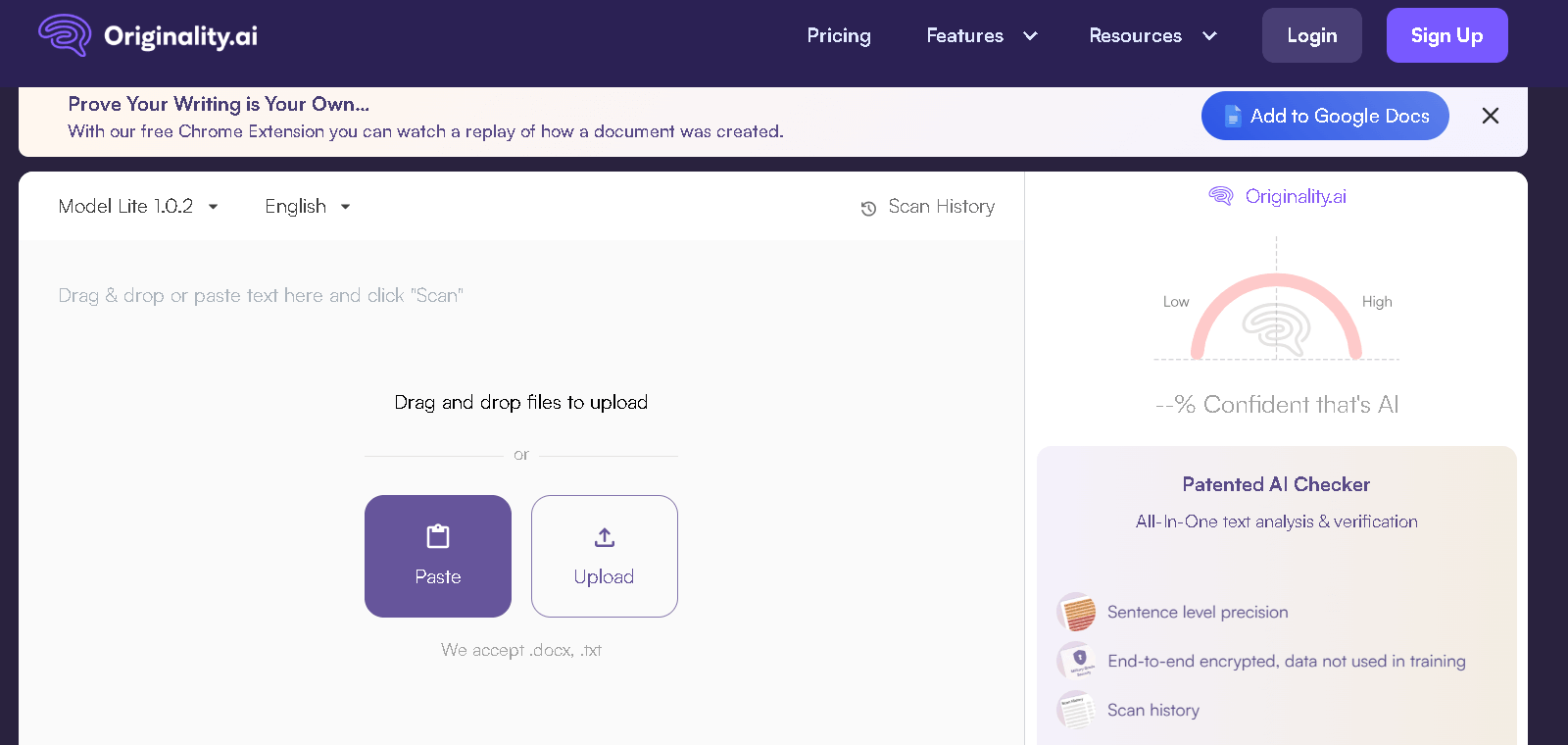
Key AI Detection and Humanization Tools
In other words, humanization and detection tools have very dissimilar – though somewhat overlapping – objectives in SEO. Detectors identify AI-produced text, humanizers rewrite it so that it is not detected. Both are dependent on some pretty heavy technology to make them work.
Overview of Leading AI Detectors
Originality.ai and GPZero are frontrunners for 2025 . There are two versions of Originality.ai: Lite is more precise and has less false positives; Turbo is faster and works for more languages. It is successful in identifying AI but can have false positives for human work in some cases.
Overall detection and false positives are balanced better by GPTZero . It boasts an accuracy of 95-98% for English and other selected European languages. Instead, it detects AI writing, even of ChatGPT or Jasper, via fingerprinting and token analysis. But it does tend to misidentify material that has been rewritten extensively.
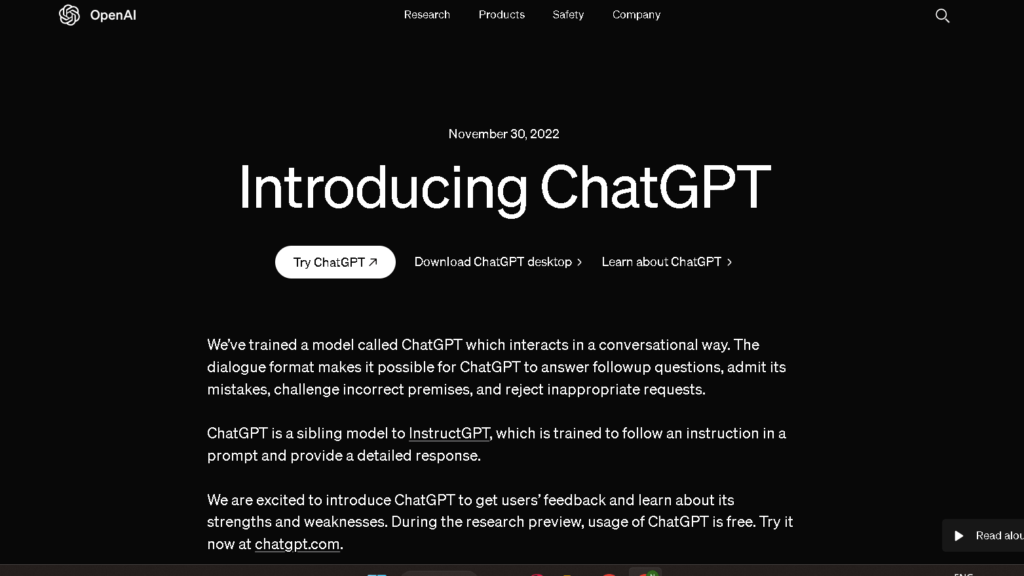
Popular AI Humanization Platforms
HumanizerPro and RewriterPro AI are AI for human mimicry. They vary sentence cadence, diction, and tone to approximate the way people write.
HumanizerPro is functional in over 20 languages, and claims to defeat detectors over 90% of the time. RewriterPro AI also is able to work in many languages, again at about 85% success rate, useful for bloggers and marketers.
These imperfections, mixed up sentence patterns, they are all tools to use to kill that robotic vibe. Some, such as HumanizerPro, combine detection and rewriting into a single software for SEO people that want one tool.
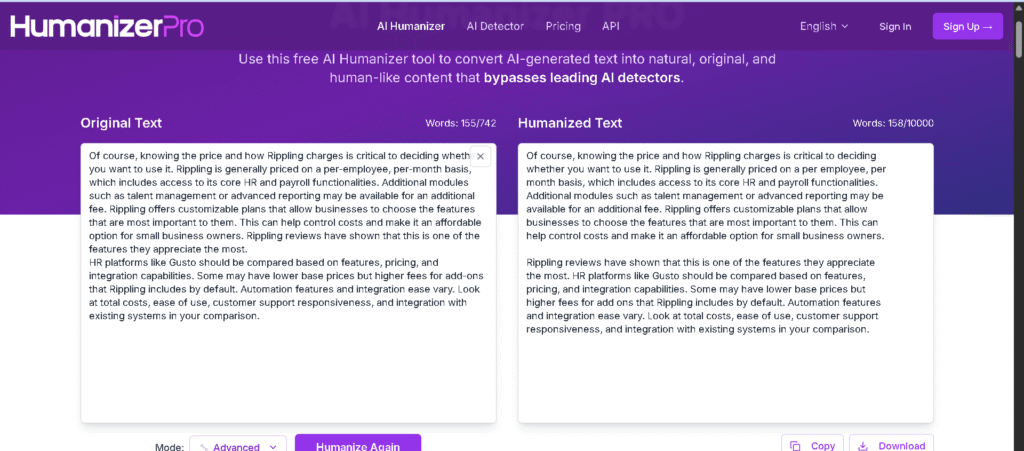
Humanization Techniques and Best Practices
Making AI content sound real, clear, and interesting means humanizing it. Editing needs to be careful, it needs to mirror your brand style, and the language needs to flow.
This will also help make your content more credible and readable- which is ultimately what you want for SEO.
Manual Editing Strategies
This: “Manual editing” means you dump the robotic language. Bring in personal anecdotes or short stories to engage the reader. Combine and break up long sentences and replace redundant phrases.
Editors check grammar, fact-check things, and help make things clear. All of this combines to increase credibility and readability – something that search engines pick up on. Finally, running your edits through a detector afterward also helps ensure it does pass for human.
Brand Voice and Tone Alignment
Your brand’s voice should always be consistent. Let the style reflect your mission’s mission – formal, informal etc.
To make AI content your own just be careful with word choice and sentence structure. If your brand is chatty, remember to use simple words and short sentences. If you’re stickier, strive for tight, informative words. Tone can affect SEO because the right tone inspires trust and keeps people on the page.
Natural Language and Flow
Writing the way people actually speak can help destroy that machine-made feeling. Use contractions, alternate sentence lengths, and avoid jargon unless it’s necessary.
Good flow results from logical organization of ideas and smooth transitions. Headings and bullet points and lists help make this easier to read.
People tend to stay longer when the content is seamless and natural. That’s good of rankings, if not difficult to measure exactly how much.
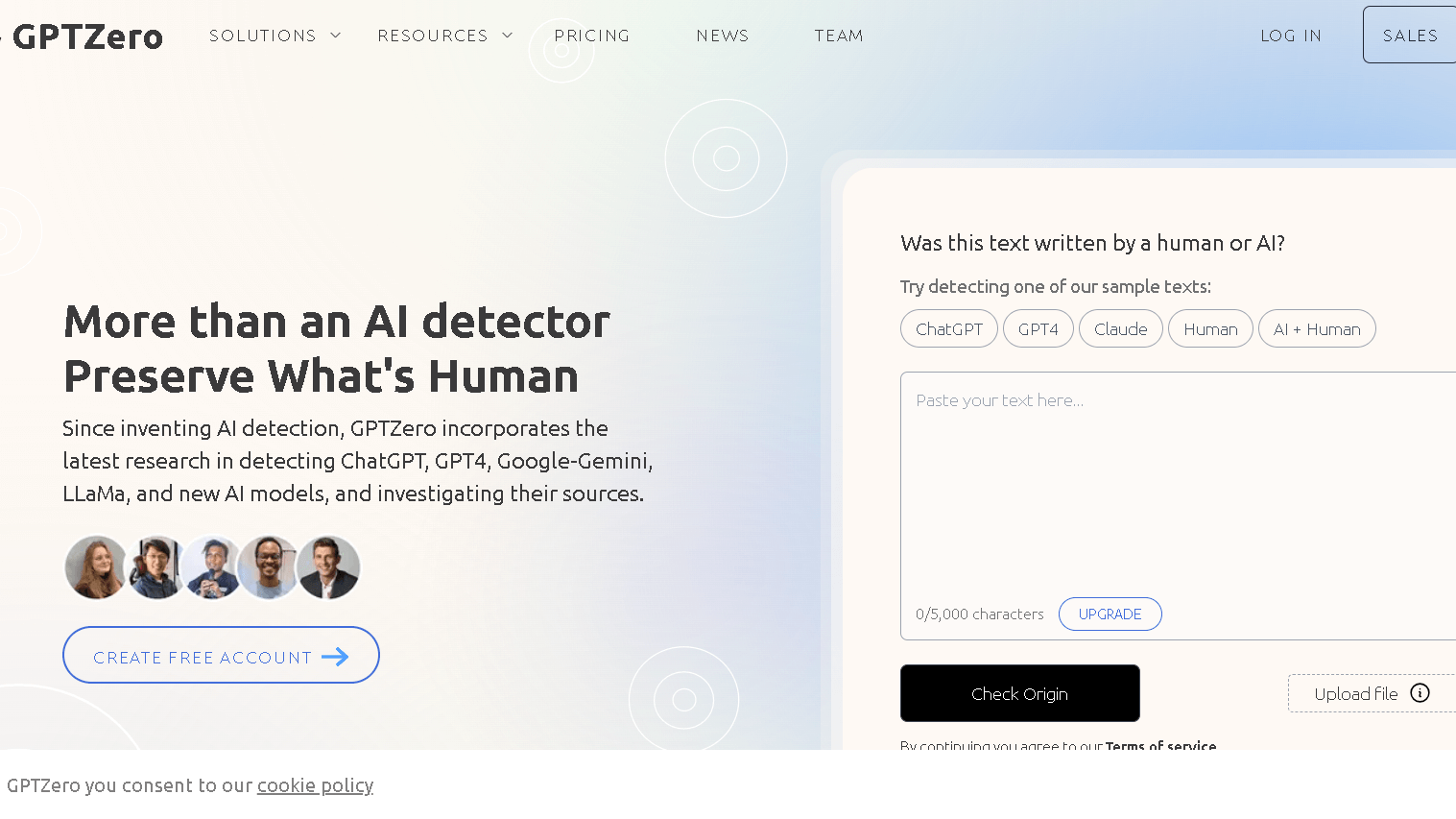
Creating SEO Content with Human-Like Qualities
SEO content can be invisible if you don’t have a strategy and the right AI tools to make it seem real and draw people in. Strive to be unique, topical and clear to both readers and search engines.
Marrying AI’s productivity and a human element requires a bit more work, but it is worth it.
Content Creation Workflow
Begin with a comprehensive content brief. Explicitly state the purpose, intended audience, and major themes of the article. If you are writing to cater to digital marketers, make it about SEO best practices and keep it relevant.
Second, write the article by utilizing AI along with explicit prompts and supporting keywords. After that, try to correct tone and flow and accuracy. Give it more value by adding up-to-date data, examples, or expert opinion.
Finally, put it through an AI detector and adjust anything that seems off. You want it to sound like a real person wrote it – without sacrificing your SEO benefits.
Using AI Tools Responsibly
Though remember – Don’t allow AI to go off the leash. Hands it directly – as opposed to in abstract hints. That’s how you get niche specific, quality content.
Humanization: Mix the sentence structure, use a more varied selection of word choices, eliminate redundant pieces of the AI output. Some of this can be automated with tools like AI Humanize to help the text read and more likely to pass detection.
It bears repeating: AI is risky. And then add your own commentary and keep things interesting to avoid being penalized in the rankings.
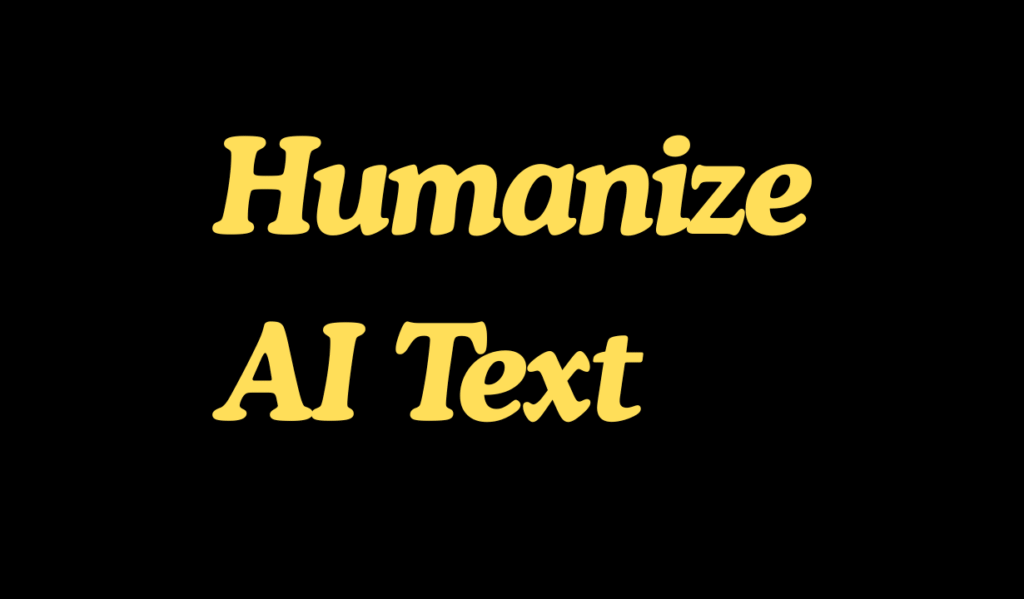
Measuring Results and Adapting Strategies
The answer to SEO for AI content is paying close attention to your data, and being prepared to make changes to your data. As detection technology advances, marketers will have to adjust their approach to meet current standards if they want to capture consumer interest and ultimately dollars.
Analyzing Engagement Metrics
Be mindful of organic traffic as well as your own bounce rate and time on page. These let you know if your efforts to make AI content more human are reaching people.
When you sound authentic, people tend to be more engaged. More page views and a lower bounce rates are good things. For example, look at conversion rates on calls to action or newsletter sign-ups to make sure your content is working for your goals.
It can be discovered through Google Analytics and heatmaps which parts of a page get the most love. Take this information and tweak tone, structure, phrasing, or vocabulary for more effective engagement. Regularly review these metrics to ensure that your AI content is supporting your SEO.

Adapting to Evolving AI Detection
As AI-powered detection tools get more intelligent, marketers need to get more sophisticated with their own humanization ruses to outsmart them.
The use of humanization software is widespread, but if you are solely dependent on the tools you employ, you will likely be uncovered if detectors get better. The use of AI-generated writing in the middle of human editing has a different quality.
In 2025 there are also laws regarding the revelation of the use of AI. It almost requires marketers to offset authenticity with compliance& documenting where your content is from.
If you know what the technology behind tools like GPTZero and Originality AI are capable of, then you can simply update how you edit – the tone, the complexity, the structure – in order to not get dinged and maintain strong SEO in the future.
Frequently Asked Questions
AI discovery in SEO is a matter of discerning patterns and signals in text. To humanize AI content, the content needs to be rewritten more coherently so that is at least minimally engaging to people. If you don’t check for detection and you use AI generated content you are risking your rankings and reputation.
How can SEO professionals detect AI content and what should they do when they realize that some ranked pieces within their niche are AI-generated?
Word frequency, sentence structure, and tone are means by which SEO pros can use to detect AI content. They also look for signs such as the use of repetitive text or emotional flatness, which is more common among writing done via AI.
Editors also pay attention to odd language and quality – manual review is not automated. The best results are often achieved when mixing automated tools with human judgment.
Can AI-generated texts be humanized in a way that is effective in an SEO-context?
Sure there are a lot of AI humanizer tools. They play with sentence construction, add a conversational tone, and occasionally inject a bit of themselves.
Some concentrate on paraphrasing and introducing new terms, while others attempt to inject emotional nuance. The best tool is determined by what sort of content you are producing and the type of style you are intending for.
How does AI detection affect the website’s search engine ranking?
Search engines love original, high quality content. If the text appears artificial or “AI-ish,” it could well cut down in the ranks.
The algorithms are getting smarter, and they are favoring content that is indicative of actual human skill, experience, and authority.
There is a fine line that SEO practitioners must navigate… they must learn to leuseI and still not completely sound automated. Real talk, more human content typically performs better in search .
If AI content is effectively “humanized,” then can it be indistinguishable from human-authored material?
If you humanize AI-generated content enough, it can sound pretty close to human-authored. Throwing in anecdotes, varying the sentence length, even a little emotion can go a long way.
Though, completely undetectable? This is hard. The detection tools are only going to improve, and really, rather than trying to fool everyone, we should work on being transparent and doing a better job producing quality.
How does the newest AI detection software for SEO work?
Present detection methods of AI use multimodal analysis . They combine linguistic patterns with contextual information, which is actually quite clever of them.
These systems have been trained with machine learning by developers to detect the lightest traces of AI signatures. A few of these tools also provide you with reports that indicate how likely we are to produce AI.
They may even indicate which sections are the ones that raise the alarm. Because the topic of AI text continues to develop, these tools are regularly updated to keep them smart.

